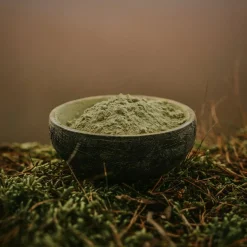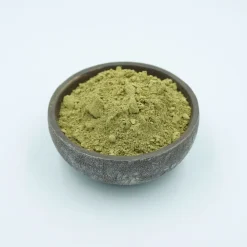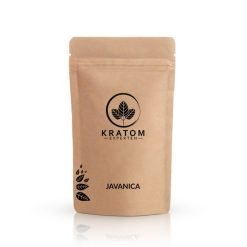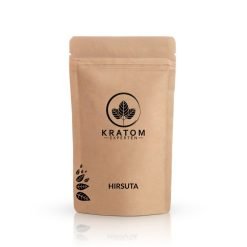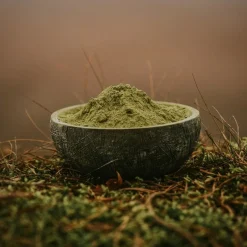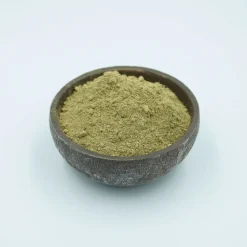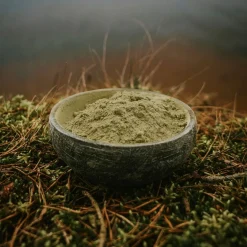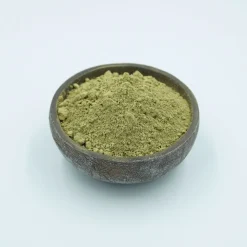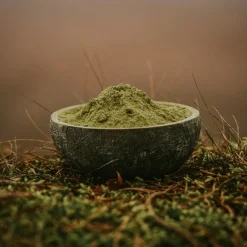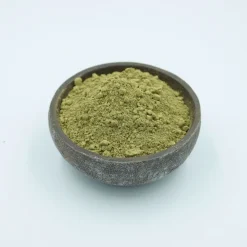Kratom
Mitragyna leaf comparison: Javanica vs Hirsuta
mitragyna leaf comparison
Within the tropical landscapes of Southeast Asia, the Mitragyna genus thrives in rich ecological zones, forming part of diverse forest communities. Among its members, Mitragyna javanica and Mitragyna hirsuta are often studied together due to their overlapping geographic range and similar physical traits.
Yet, while they may share some botanical DNA, these two species have distinct leaf characteristics that set them apart.
In this post, we offer a side-by-side comparison of Mitragyna javanica and Mitragyna hirsuta leaves – highlighting their form, size, texture, and structure.
Why Focus on Leaves?
In tropical botany, leaf morphology is often the first and most accessible way to distinguish one tree from another. The size, venation, color, and texture of a leaf tell us:
How the plant interacts with its environment
How it manages sunlight and water
How it has evolved to survive in its ecological niche
By comparing leaves across species, we gain insight into both botanical identity and functional adaptation.
Overview of the Two Species
Before diving into their leaf differences, here’s a brief context:
| Species | Mitragyna javanica | Mitragyna hirsuta |
|---|---|---|
| Native Range | Thailand, Laos, Cambodia, Indonesia | Thailand, Vietnam, Laos |
| Habitat | Lowland open forests, roadsides | Forest edges, disturbed woodlands |
| Max Tree Height | ~15–20 meters | ~20–25 meters |
| Conservation Status | Least Concern (LC) | Least Concern (LC) |
Leaf Size and Shape
Mitragyna javanica
Leaf length: Typically 5–14 cm
Leaf width: Around 2–9 cm
Shape: Elliptic, obovate, or suborbicular
Apex: Rounded to obtuse
Mitragyna hirsuta
Leaf length: Usually 15–32.5 cm
Leaf width: Up to 23 cm
Shape: Broadly elliptic, ovate, or pentagonal-obovate
Apex: Often acute or blunt-pointed
📏 Conclusion: Hirsuta leaves are consistently larger and broader, with more pronounced vein spacing and visual mass.

Texture and Surface
Mitragyna javanica
Texture: Mostly glabrous (smooth)
Some soft hairs may be present near midrib
Thinner and more delicate feel
Mitragyna hirsuta
Texture: Pubescent on both surfaces
Slightly leathery (subcoriaceous)
More rigid and durable to the touch
🔬 Conclusion: Hirsuta leaves have a hairier, thicker texture, aiding in water retention and heat tolerance.
Vein Structure and Patterns
Mitragyna javanica
Secondary veins: 6–10 pairs, 0.3–1 cm apart
Angle from midrib: ~15°–50°
Tertiary veins: Finer, less pronounced
Mitragyna hirsuta
Secondary veins: 8–16 pairs, 0.5–3 cm apart
Angle from midrib: ~30°–70°
Veins curve toward leaf margin and loop near edge
🌿 Conclusion: Hirsuta has a more pronounced and wider vein layout, with stronger visual symmetry.
Petioles and Stipules
Mitragyna javanica
Petiole: Thin, often reddish or greenish
Stipules: Small, somewhat keeled
Mitragyna hirsuta
Petiole: Strong, thicker (1.5–6 mm diameter)
Stipules: Distinctly keeled, often sticky with dense colleters (gland-like structures)
🌱 Conclusion: Hirsuta shows stronger protective structures, suggesting better adaptation to variable environments.
Leaf Function and Adaptation
Mitragyna javanica leaves are lighter and more flexible, which may help in areas with consistent moisture and moderate sunlight.
Mitragyna hirsuta leaves are built for resilience – tougher, denser, and more adaptable to heat and water stress.
Both plants showcase smart evolutionary responses to their environments – one through lightness and adaptability (javanica), and the other through structure and strength (hirsuta).
Aesthetic and Symbolic Differences
In traditional uses and artistic representations:
Javanica leaves are often seen as refined and minimal, suitable for gentle rituals and lighter blends.
Hirsuta leaves carry a stronger visual presence, often associated with grounding, protection, and balance.
Their shapes have even been stylized into icons and motifs in some regions’ cultural or ritual designs.
Final Thoughts
Comparing mitragyna leaf structures gives us a deeper appreciation for nature’s precision. Though Mitragyna javanica and Mitragyna hirsuta belong to the same genus, their leaves tell very different ecological and botanical stories.
By observing the surface, size, and structure of these leaves, we get a glimpse into how each plant lives, breathes, and thrives in its native habitat.
Whether you’re studying plants for design, ecological knowledge, or self-care inspiration, this kind of botanical comparison enriches your understanding of the natural world.

